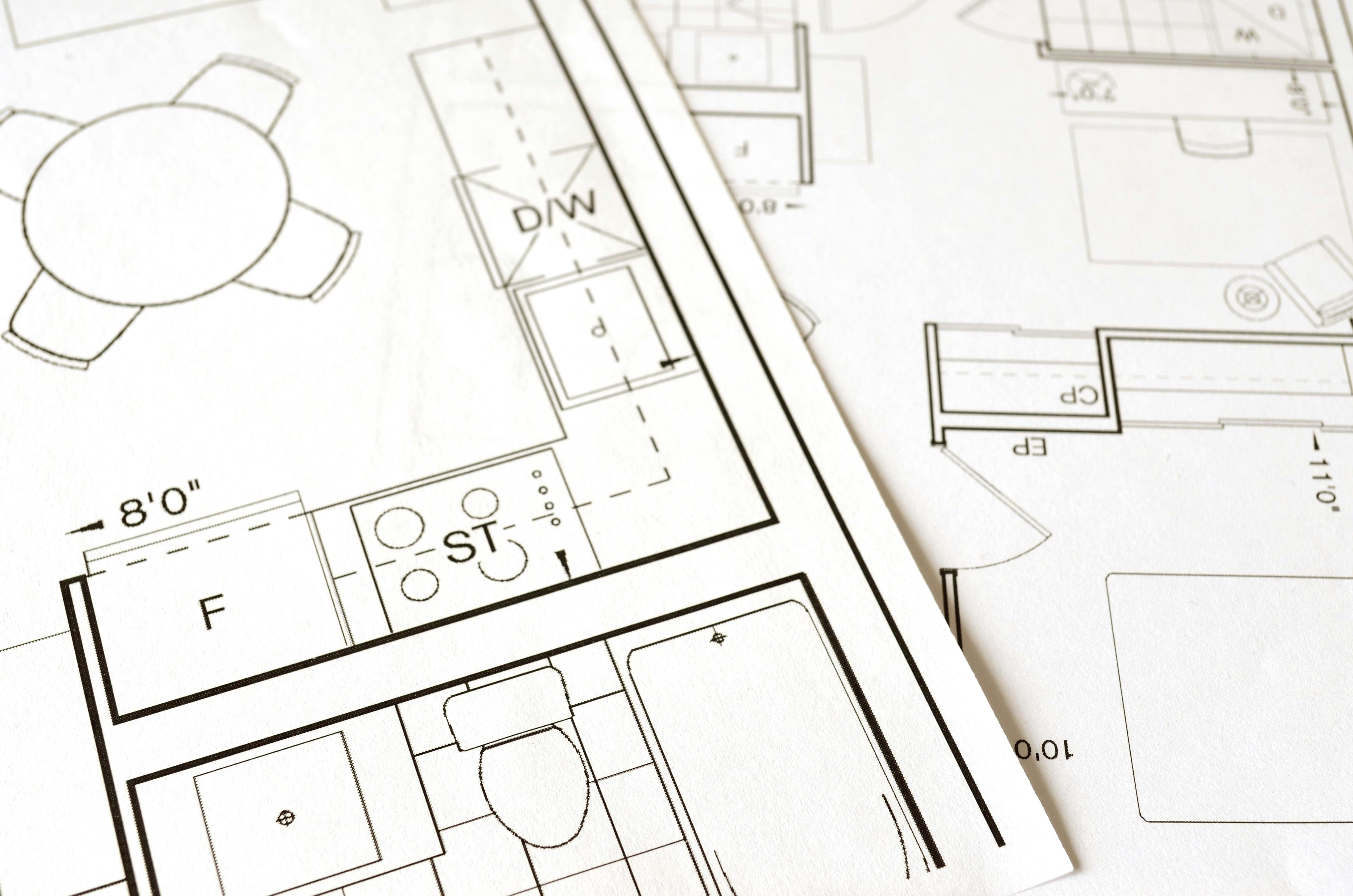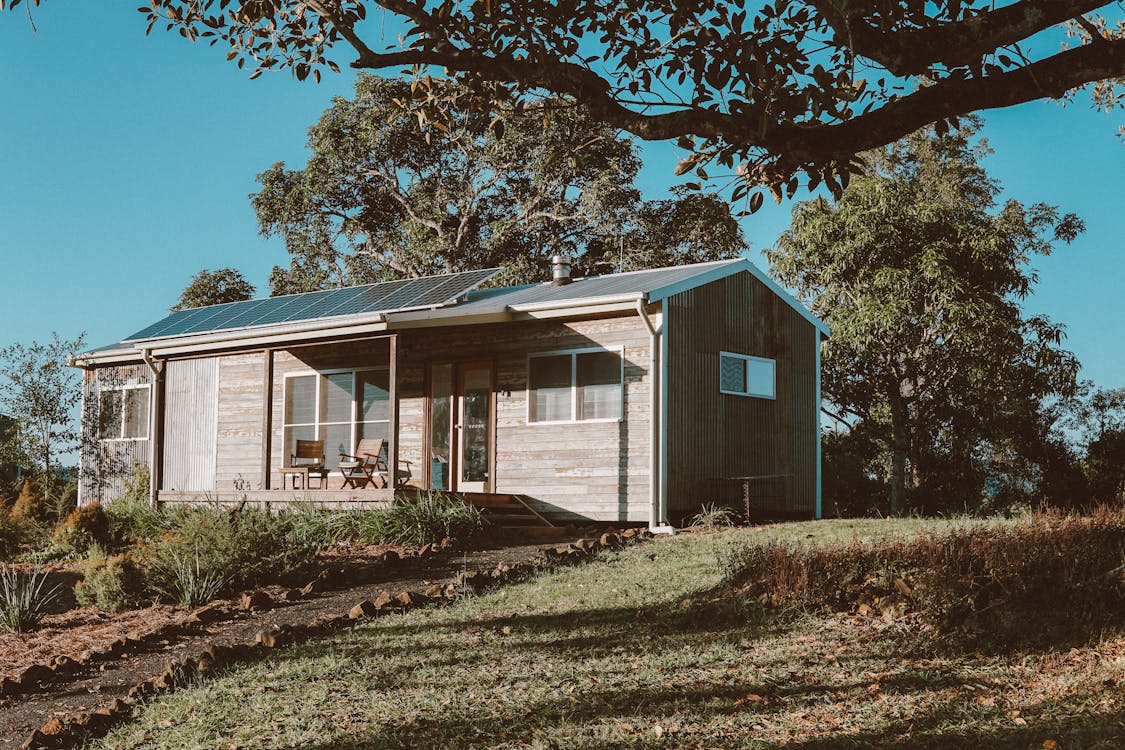Building a new home is a significant investment and an exciting time in one's life, but it can also be expensive. The construction cost can quickly add up, making it challenging to stick to a budget. However, there are several ways to reduce the cost of house construction and make your dream home more affordable.
In this article, we will discuss various ways to reduce the cost of house construction. From limiting the floor area and the number of rooms to choosing affordable roofing materials, we will provide practical tips and advice to help you build your dream home while staying within your budget. By following these tips, you can reduce the cost of house construction and build a comfortable and cost-effective home that meets your needs and fits your budget.
Build a Single Story House
Building a single-story house has several benefits that make it an attractive option for many homeowners. One of the most significant benefits is faster construction. Single-story homes require fewer materials and less labor, which means less time to complete the construction than multi-story homes. This can be especially important for families who want to move into their new home as quickly as possible.
Another benefit of building a single-story house is faster turnover. A single-story home has no stairs to navigate, making it a more practical option for families with young children, older adults, or individuals with mobility challenges. This can make the home more accessible and comfortable for everyone who lives there, and it can also make the home more appealing to potential buyers in the future.
In addition to faster construction and turnover, single-story homes are also easier to maintain. They require fewer repairs and renovations over time, making them a cost-effective choice for families and individuals who want a comfortable and well-maintained home.
Single-story homes also provide more privacy and a greater connection to the outdoors. With a single-story home, you can enjoy outdoor living spaces, like a backyard or patio, without the distractions and noise of neighboring homes.
Building a single-story home can provide families and individuals with a comfortable and cost-effective living experience. With its faster construction, faster turnover, and ease of maintenance, a single-story home can be an attractive option for anyone looking to build a new home.




